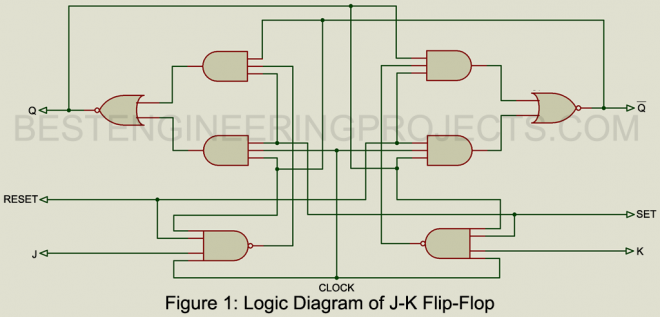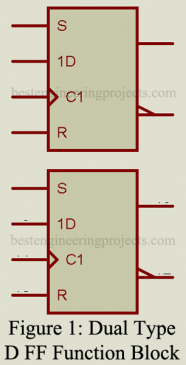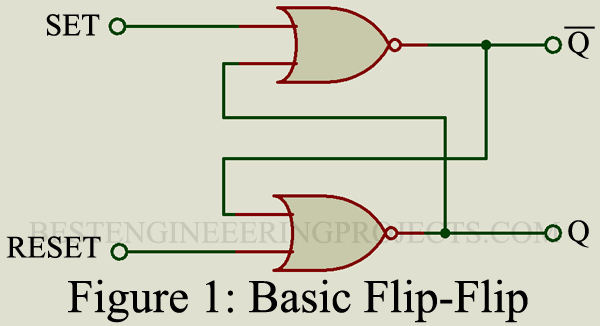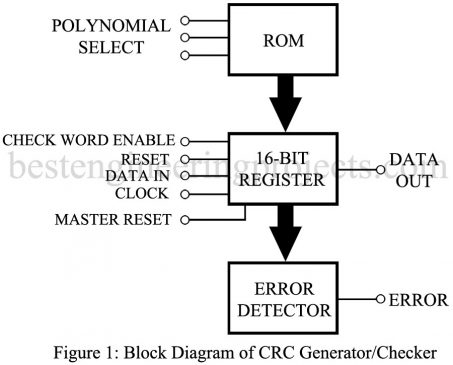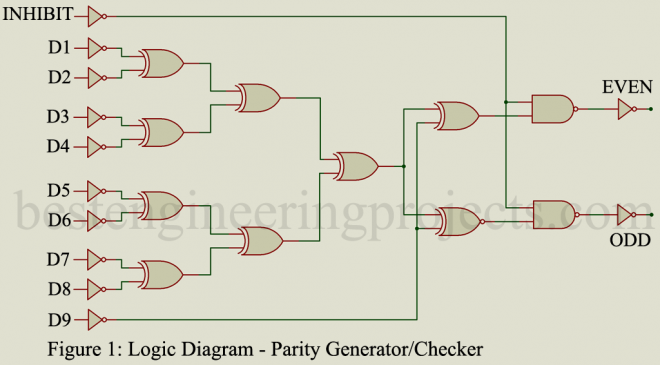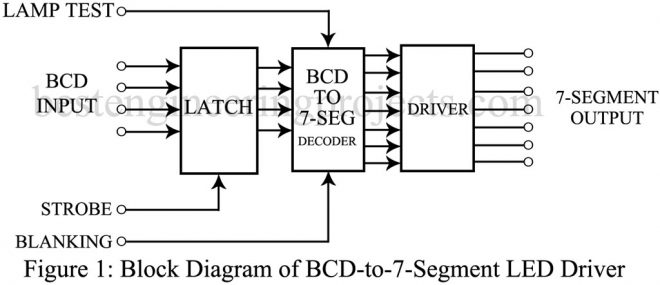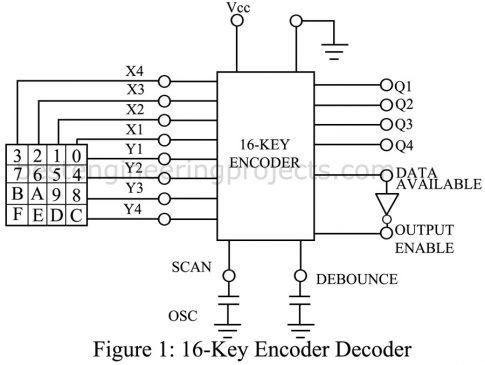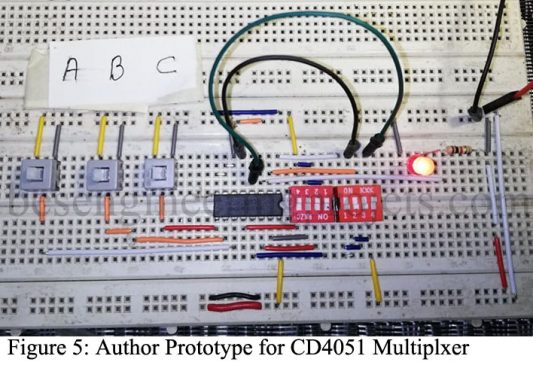In this article, we will analyze different types of JK Flip Flip IC like dual type and Gated Master Slave JK Flip Flop, its key parameters, applications, and comments. Description of J-K Flip Flop The J-K flip flop and the type D flip flop described in the previous pages are the most popular and widely used types of Flip-Flips. The main difference between them is the J-K terminals replace the D-input. As illustrated in the logic diagram of figure 1, the J-K Flip-Flip requires more logic elements but also can…
Read MoreCategory: Electronics Design
D Flip Flip | Characteristic | Application
In this article we will analysis different type of D Type Flip Flip IC like dual type and quad type, it’s key parameter, applications and comment. Dual Type D Flip Flop Description This universally used flip-flop (FF) contains two separate type D FFs, as illustrated in the functional diagram of figure 1. Each of the two FFs is identical and can be used separately or interconnected with each other for whatever purpose may be required. They can be used as shift register elements or as type D FFs for counter…
Read MoreFlip Flop IC | Description and Truth Table
In the article Flip flop IC, we will discuss about key parameter of flip flop IC, its working, truth table application and comments. Description of Flip Flip IC One of the key building blocks of all digital logic systems, the flip-flop (FF) is available in a variety of different FF circuits with a host of different features. As illustrated in Figure 1, the basic flip-flop consists of two gates with the appropriate cross connection. The actual circuitry of a D-type, positive edge triggered FF is shown in figure 2, and…
Read MoreCycle Redundancy Checker
In this article you will learn about Cycle redundancy checker, its key parameters, application and special remarks. Cycle Redundancy Checker | Description This IC performs error detection by means of a fairly sophisticated method – the cyclic encoding and decoding schemes which are based on the manipulation of polynomials in modulo arithmetic. During the encoding process, the data stream is divided by a selected polynomial, and this division results in a remainder which is attached to the message as check bits. To detect errors, the bit stream containing both data…
Read MoreParity Generator Checker | Error Detector
In the article you will learn about Parity Generator Checker | Error Detector IC SN74180, its key parameter, application and working. Description of Parity Generator Checker | Error Detector The parity bit method of error detection depends on a fixed word length in which all of the 1s are added together. For even parity, the sum of these logic 1s must be even; for odd parity, it must be odd. To assure that the sum is respectively odd or even, a separate parity bit is transmitted that is set either…
Read MoreBCD to 7 Segment LCD Display Driver
Here, in the article “BCD-To-7-Segment LCD Display Driver” you will learn about 7 segment lcd display IC, it’s key parameter and its application. Description of BCD-To-7-Segment LCD Display Driver Liquid crystal displays are activated by a AC signal across a selected display segment; this feature is included in the function block of the 7-segment LCD driver illustrated in figure 1. In addition to the standard BCD input, there is also a display frequency input terminal. Two functions can be performed by this terminal. When this driver IC is used to…
Read MoreBCD to 7 Segment Display Driver | SN74143
In the article “BCD to 7 Segment Display Driver” you will learn about 7 segment display driver IC SN74143, its key parameter and its application. Description of BCD to 7 Segment Display Driver | SN74143 The universal use of 7-segment numerical displays has resulted in a wide range of ICs capable of driving them. One of the most widely used is illustrated in the block diagram of figure 1. The BCG input is applied to a set of four flip-flops which are used as a “latch.” The “strobe” signal determines…
Read MoreManchester Code Encoder and Decoder
Here, in this article we will discuss about Manchester Code Encoder and Decoder, its key parameters and application. Description of Manchester Code Encoder and Decoder This IC provides both encoding and decoding functions of the Manchester 2 Code used in military and industrial communications systems. It is divided into two sections, the encoder and the decoder, which operate independently of each other, except for the master reset. While specifically designed to meet the requirements of MIL-STD-1553, this IC also can be used for other time-division multiplexed serial data protocols. As…
Read More16-Key Encoder Decoder IC
In the article “16-Key Encoder Decoder IC” we will discuss about encoder IC for a keyboard, its key parameters, application and comments. Description of 16-Key Encoder Decoder IC This IC provides all the necessary logic to fully encoder a keyboard consisting of 4 x 4 single-pole, single-throw (SWST) switches. An internal debounce circuit is provided which requires only one external capacitor. Provision to eliminate the key “rollover” effect is also included. As illustrated in figure 1 connections are made to the four rows and to the four columns (X and…
Read MoreMultiplexer IC Interfacing | CD4051
In this article, we will discuss Multiplexer IC interfacing and different type of multiplexers like Quad 2-input Multiplexer, Dual 4-input Multiplexer, and 8-input multiplexer. We will also show you how to interface with 8-channel multiplexer IC CD4051. Quad 2-Input Multiplexer | Multiplexer IC Interfacing | CD4051 Description: One of the most widely used digital multiplexer configurations is the quad, 2 -input version illustration in figure 1. This particular IC is non-inverting and consists of eight AND and four OR circuits, arranged so that two sets of 4-bit inputs can be…
Read More